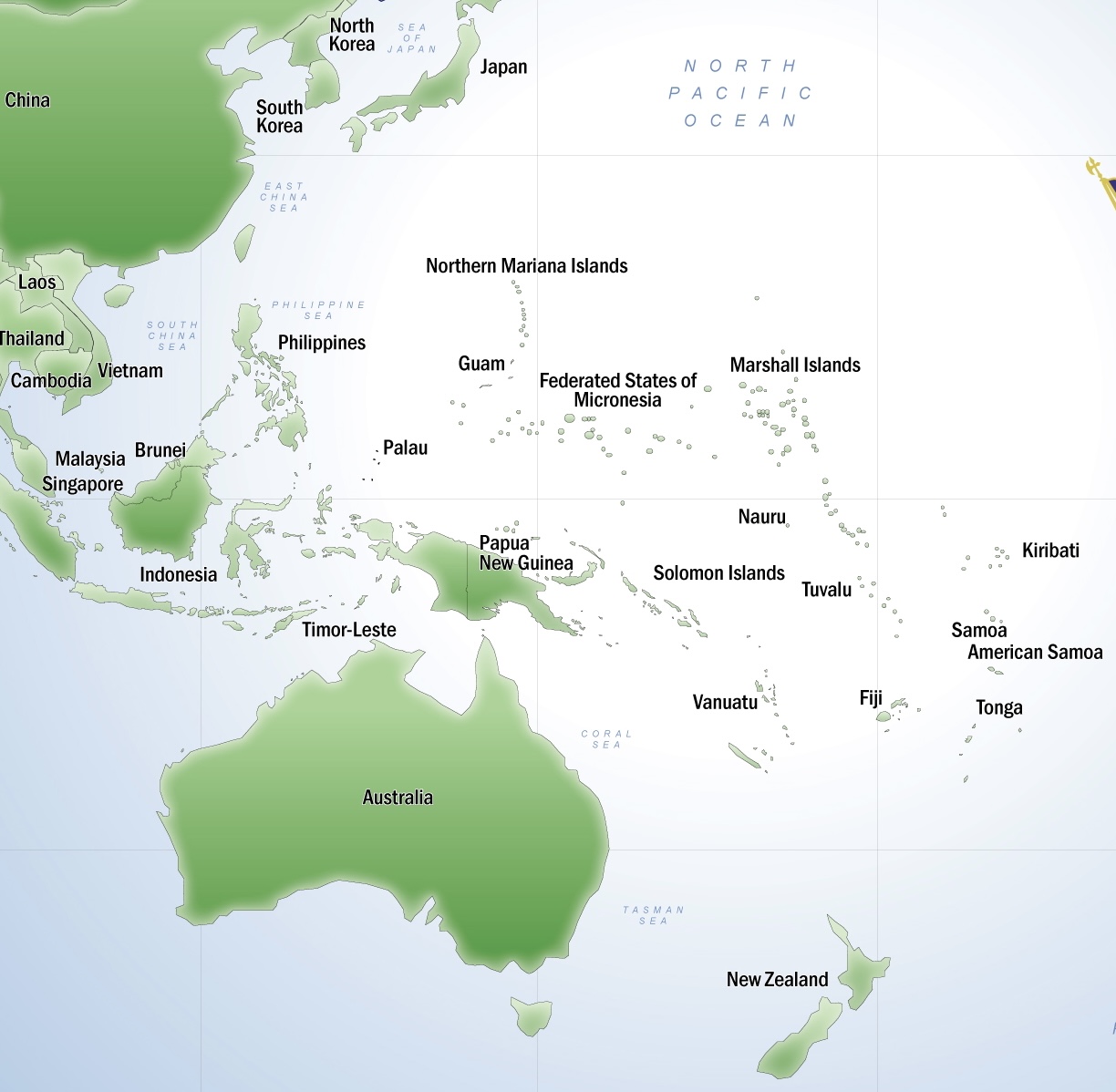US Military Gets ‘Unimpeded Access’ in Papua New Guinea Under New Deal
The US can construct new bases in certain areas

All Global Research articles can be read in 51 languages by activating the Translate Website button below the author’s name.
To receive Global Research’s Daily Newsletter (selected articles), click here.
Click the share button above to email/forward this article to your friends and colleagues. Follow us on Instagram and Twitter and subscribe to our Telegram Channel. Feel free to repost and share widely Global Research articles.
***
The US military has gained “unimpeded access” to sites in Papua New Guinea under a new military pact Secretary of State Antony Blinken signed in the Pacific island nation last month.
AFP obtained a copy of the full deal, which confirmed the US can deploy troops and station vessels to six ports and airports in Papua New Guinea, including the Lombrum Naval Base on Manus Island in the northern part of the country.
According to the text of the agreement, the US can “pre-position equipment, supplies and materiel” at the military sites. The US will have “exclusive use” to some sites where “construction activities” can take place, signaling that the US might build new bases in the Pacific island nation.

Map of the region (US Indo-Pacific Command)
The US military had a significant presence in Papua New Guinea during World War II, and the new agreement is part of the Biden administration’s strategy to prepare for a future war with China in the region. US military sites in Papua New Guinea could be used to resupply US forces in Guam, the Philippines, and during a future battle over Taiwan.
PNG Prime Minister James Marape has come under domestic criticism for signing the deal. Former Prime Minister Peter O’Neill said the agreement has painted a target on Papua New Guinea. “America is doing it for the protection of their own national interest, we all understand the geopolitics happening within our region,” he said.
It’s no secret that any US military base in Papua New Guinea would become a potential target for China in a future war. Gen. Kenneth Wilsbach, commander of the US Pacific Air Forces, recently told Nikkei Asia that the purpose of expanding in the region was to give China more areas it would need to target.
“Obviously we would like to disperse in as many places as we can to make the targeting problem for the Chinese as difficult as possible,” he said. “A lot of those runways where we would operate from are in the Pacific Island nations.”
*
Note to readers: Please click the share button above. Follow us on Instagram and Twitter and subscribe to our Telegram Channel. Feel free to repost and share widely Global Research articles.
Dave DeCamp is the news editor of Antiwar.com, follow him on Twitter @decampdave.
Featured image: Admiral John C. Aquilino, Commander of U.S. Indo-Pacific Command, traveled to Papua New Guinea January 29-30 (Source)

